Soluna Breaks Ground on Wind-Powered Data Center
The South Texas facility will generate 166 MW for crypto hosting and AI.
Soluna Holdings has broken ground on Project Kati, a data center in Willacy County, Texas, in the southern part of the state in the Rio Grande Valley. Upon completion, the facility will provide 166 megawatts of computing capacity.
The data center is being built in partnership with EDF Renewables, Masdar and Spring Lane Capital. The development, which is Soluna’s largest so far, will be in two phases, beginning with 83 megawatts expected to come online in early 2026.
By phasing the buildout, Soluna says it can serve existing customers while scaling capacity for future users. The company specializes in green data centers for intensive computing applications, using surplus renewable energy.
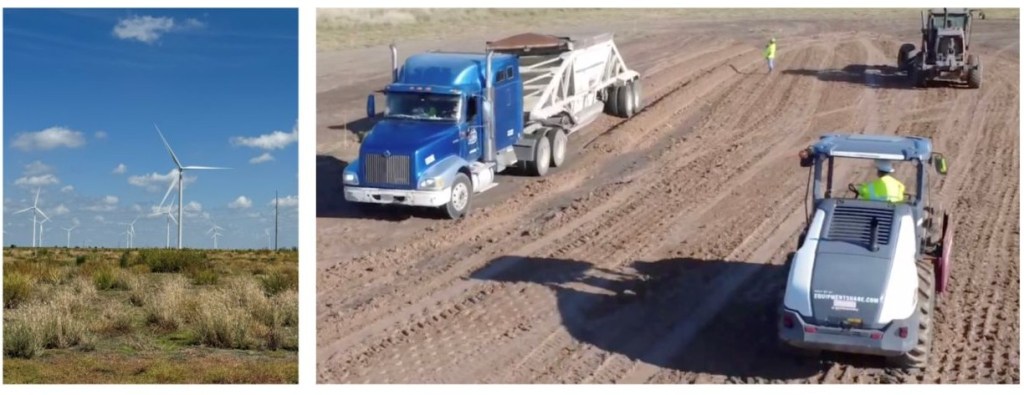
The company’s data centers are co-located with wind, solar or hydroelectric power plants. In the case of Project Kati, the data center will be wind powered, according to Soluna.
Willacy County and neighboring Starr County are home to Los Vientos Wind Farm, which is Texas’ largest—and the country’s second largest—as well as a large number of other wind farms. Temperature differences between land and the sea along the Gulf of Mexico produce wind gusts averaging 11 miles an hour, sustaining turbine motion.
READ ALSO: Data Center Industry Sets New Records
Kati 1, the first phase, will be dedicated to Bitcoin hosting, with Galaxy as the first customer. Galaxy is a digital asset and blockchain specialist. Kati 2 will expand the site to support AI and high-performance computing infrastructure.
Data centers and sustainability
The rise of cryptocurrency and AI and other factors have upped demand for data centers and the power that runs them, and will continue to do so, McKinsey reported. Data center load may make up between 30 percent and 40 percent of all net new power demand added by 2030.
Yet the U.S. grids are increasingly unable to support such an appetite for power, meaning that data centers will need to build more of their own power plants, or increasingly find sustainable sources of energy.
The demand for additional renewable projects to support data centers is thus expected to increase rapidly, according to McKinsey. Most of the new clean generation for data centers is expected to come from solar and onshore wind, McKinsey reported, with investment in the space having a long track record.

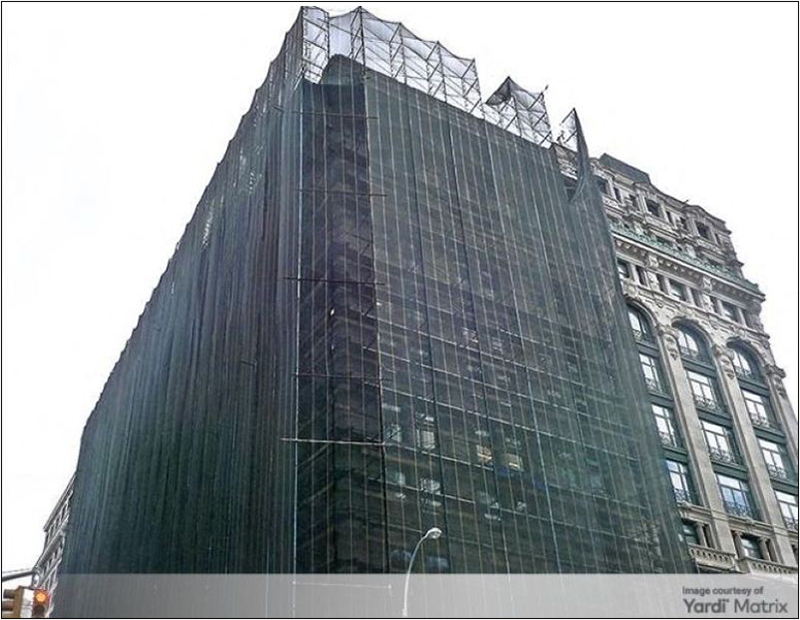
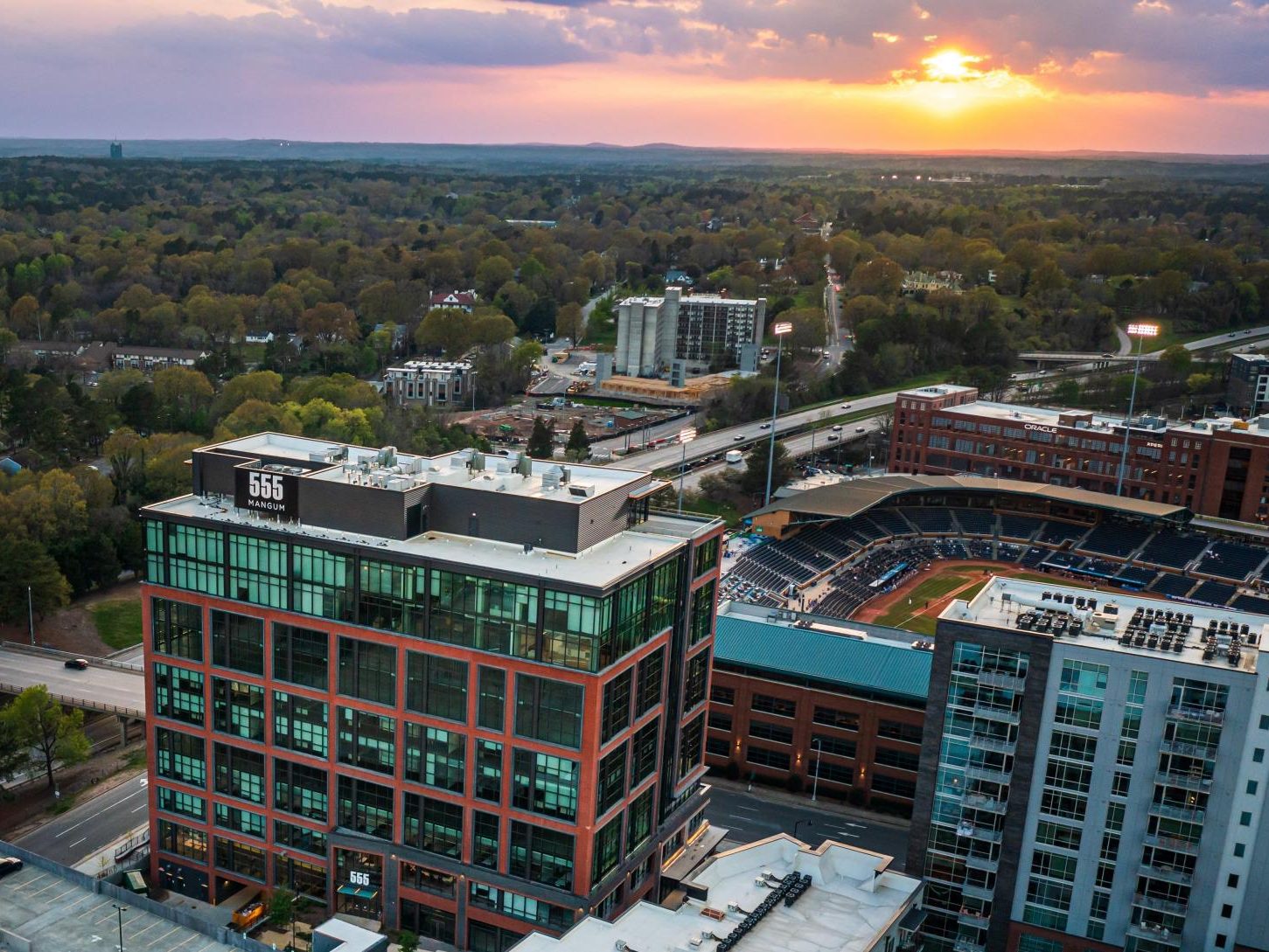
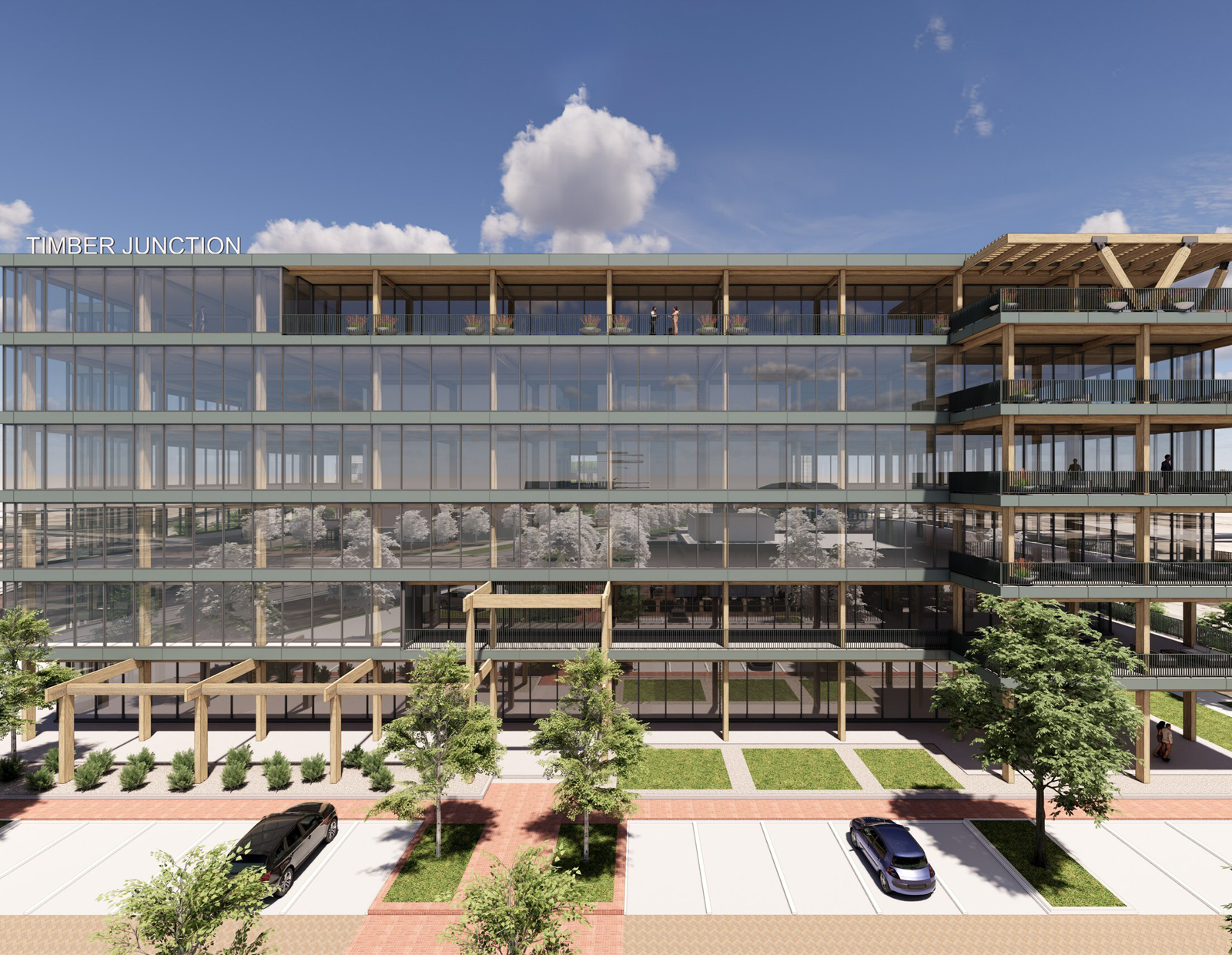
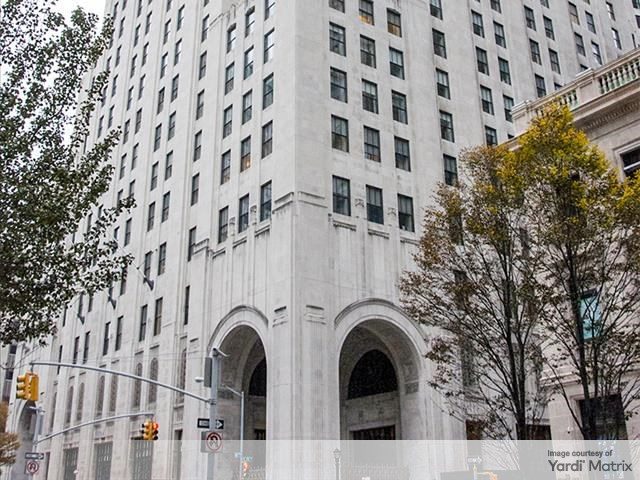

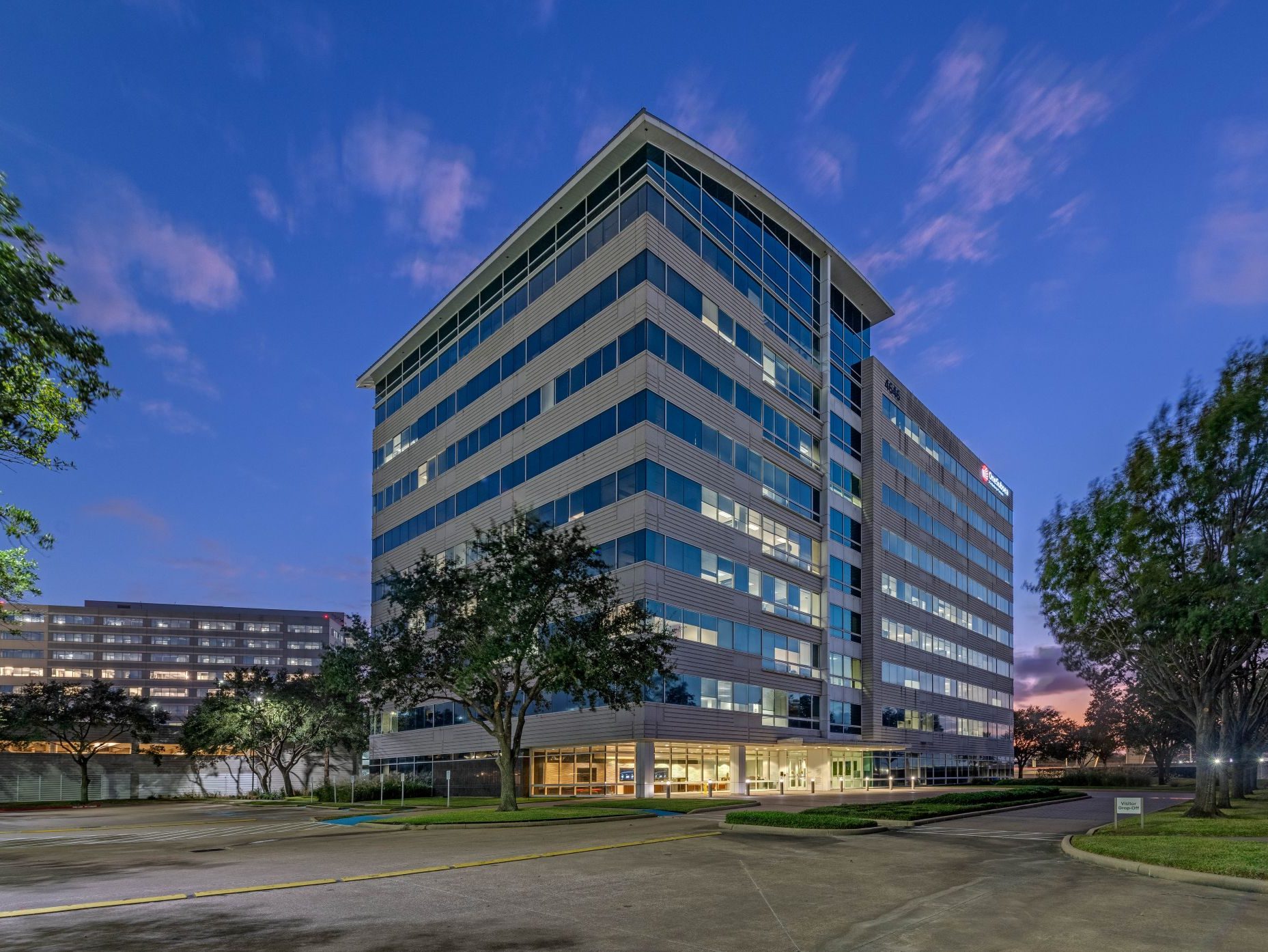
You must be logged in to post a comment.